Generating the nuclear codes and more
What else the NSA does


The National Security Agency is now infamous, perhaps, for its global signals intelligence mission. But the agency, since its inception, has had many other important national security functions under its very large umbrella. Here are six:
1. The NSA generates and distributes all nuclear weapon unlock and launch codes. In a secure, hardened, and largely underground tank of sorts near Finksberg, Maryland, workers at the NSA's "Key Support Central Facility" preside over an automated process that produces and packages physical keys, transmits encryption algorithms for systems that can be coded "over the air," and keeps a log of all communication security violations. Yes, it has a website. There is a back-up classified key support facility in the western United States.
2. The NSA provides information assurance, or IT security, to all Defense Department and the intelligence community, and generates encryption keys and secure communication channels for the entire U.S. government. The NSA engineers the connection that allows STE phones, now the standard for "Red" or classified voice communications, to encrypt telephone calls over regular phone lines, if necessary.
The Week
Escape your echo chamber. Get the facts behind the news, plus analysis from multiple perspectives.

Sign up for The Week's Free Newsletters
From our morning news briefing to a weekly Good News Newsletter, get the best of The Week delivered directly to your inbox.
From our morning news briefing to a weekly Good News Newsletter, get the best of The Week delivered directly to your inbox.
3. The NSA works to break the encryption keys used by foreign governments.
4. The NSA's Defense Special Missile and Astronautical Center fuses communications intelligence, electronic intelligence, foreign signature and instruments intelligence and radar intelligence to detect and analyze missile launches anywhere in the world. It is the primary focal point for all ballistic missile defense system coordination, working directly with NORAD and other monitoring entities.
5. The NSA conducts cyberwar. As historian Matthew Aid noted in Foreign Policy, the NSA's Tailored Access Operations division is charged with hacking into computer networks, systems and servers worldwide. The TAO's Access Technologies Operations Branch works with the CIA's classified Technology Management Office to physically break into places. (What does the U.S Cyber Command, which is co-located with NSA, do? It develops policies and plans and keeps permission slips locked in a box somewhere. When a task is identified, the requesting party goes to CYBERCOM, which then tasks TAO with the order, basically giving them a permission slip.) TAO's work force includes members from all military branches, civilians, and contractors.
6. The NSA works with the Defense Advance Research Projects Agency (DARPA) and private industry to research, manufacture and test elements for use in quantum computers, perhaps the most significant national security advance that can be predicted.
A free daily email with the biggest news stories of the day – and the best features from TheWeek.com
Marc Ambinder is TheWeek.com's editor-at-large. He is the author, with D.B. Grady, of The Command and Deep State: Inside the Government Secrecy Industry. Marc is also a contributing editor for The Atlantic and GQ. Formerly, he served as White House correspondent for National Journal, chief political consultant for CBS News, and politics editor at The Atlantic. Marc is a 2001 graduate of Harvard. He is married to Michael Park, a corporate strategy consultant, and lives in Los Angeles.
-
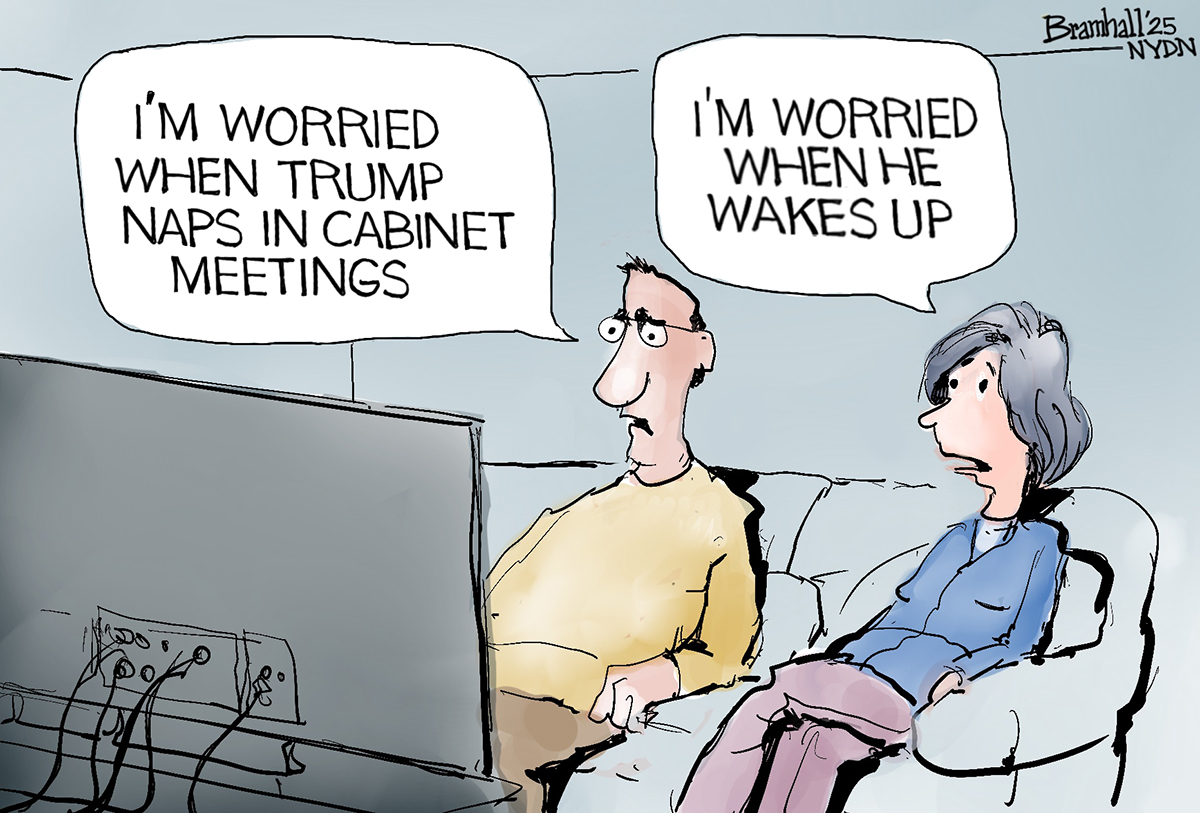 5 sleeper hit cartoons about Sleepy Don
5 sleeper hit cartoons about Sleepy DonCartoon Artists take on cabinet meetings, a sleepy agenda, and more
-
 Political cartoons for December 6
Political cartoons for December 6Cartoons Saturday’s political cartoons include a pardon for Hernandez, word of the year, and more
-
 Pakistan: Trump’s ‘favourite field marshal’ takes charge
Pakistan: Trump’s ‘favourite field marshal’ takes chargeIn the Spotlight Asim Munir’s control over all three branches of Pakistan’s military gives him ‘sweeping powers’ – and almost unlimited freedom to use them
-
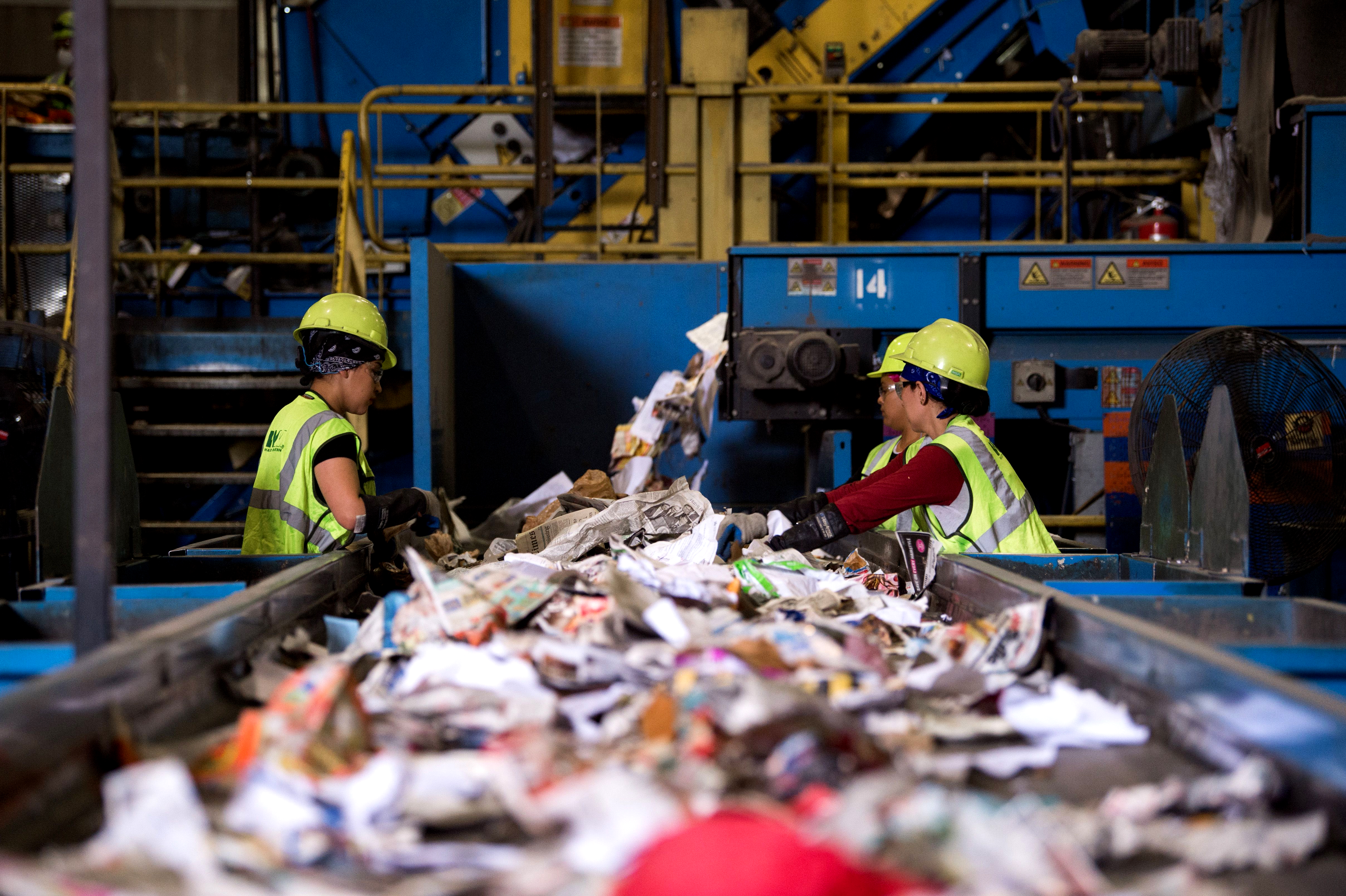 The recycling crisis
The recycling crisisThe Explainer Much of the stuff Americans think they are "recycling" now ends up in landfills and incinerators. Why?
-
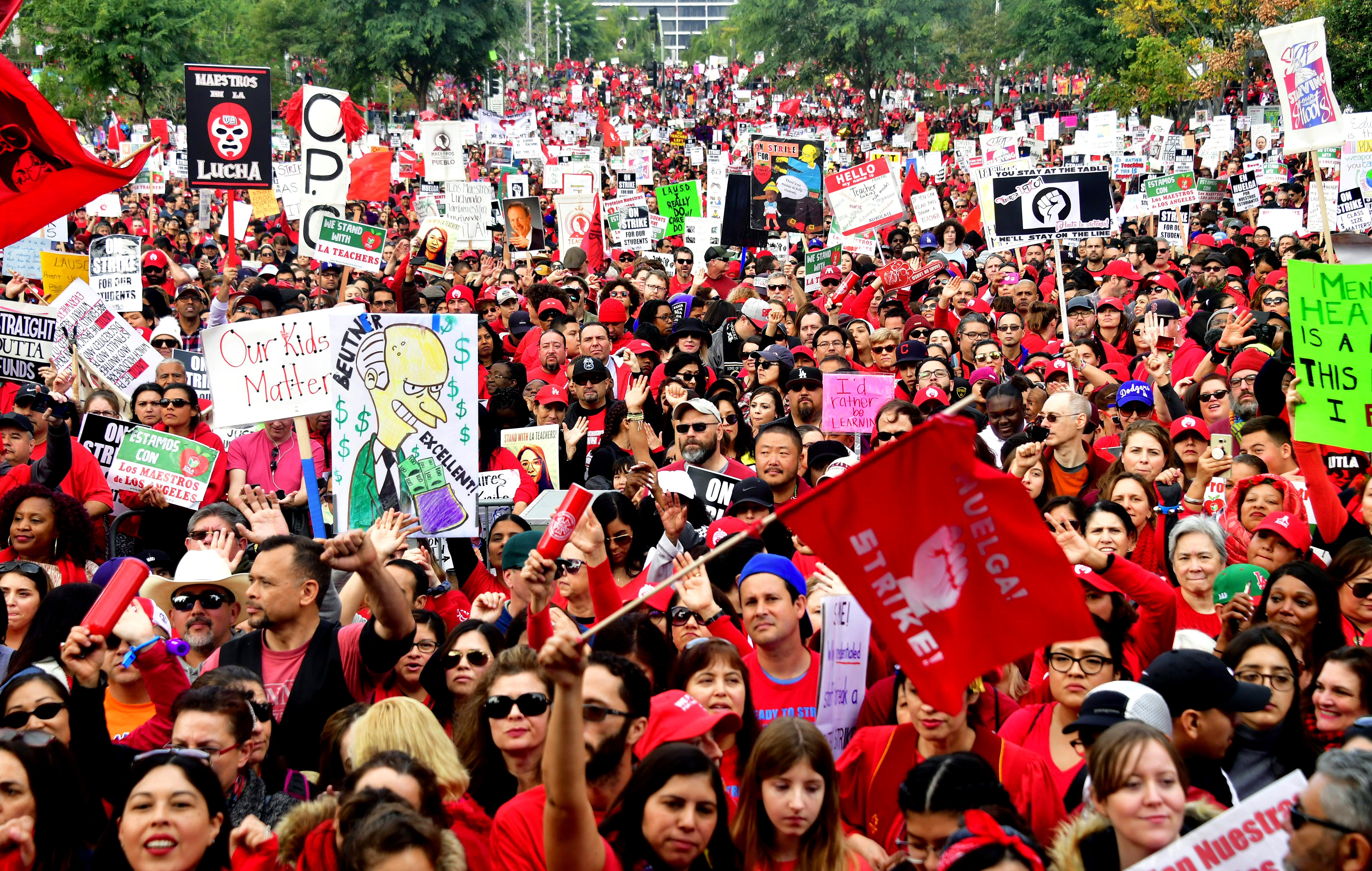 The L.A. teachers strike, explained
The L.A. teachers strike, explainedThe Explainer Everything you need to know about the education crisis roiling the Los Angeles Unified School District
-
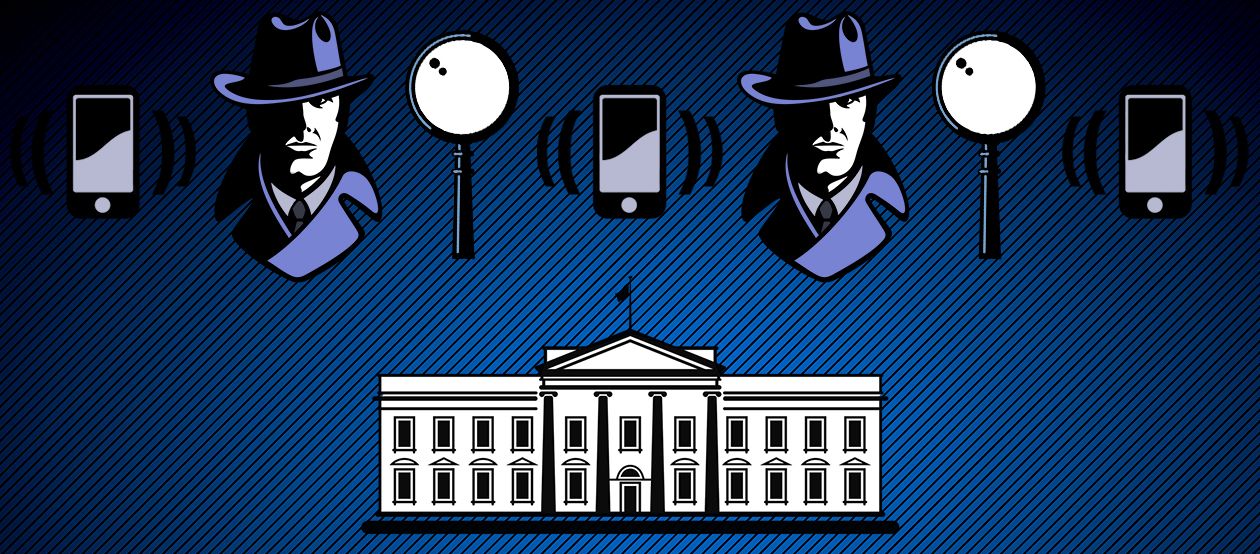 The NSA knew about cellphone surveillance around the White House 6 years ago
The NSA knew about cellphone surveillance around the White House 6 years agoThe Explainer Here's what they did about it
-
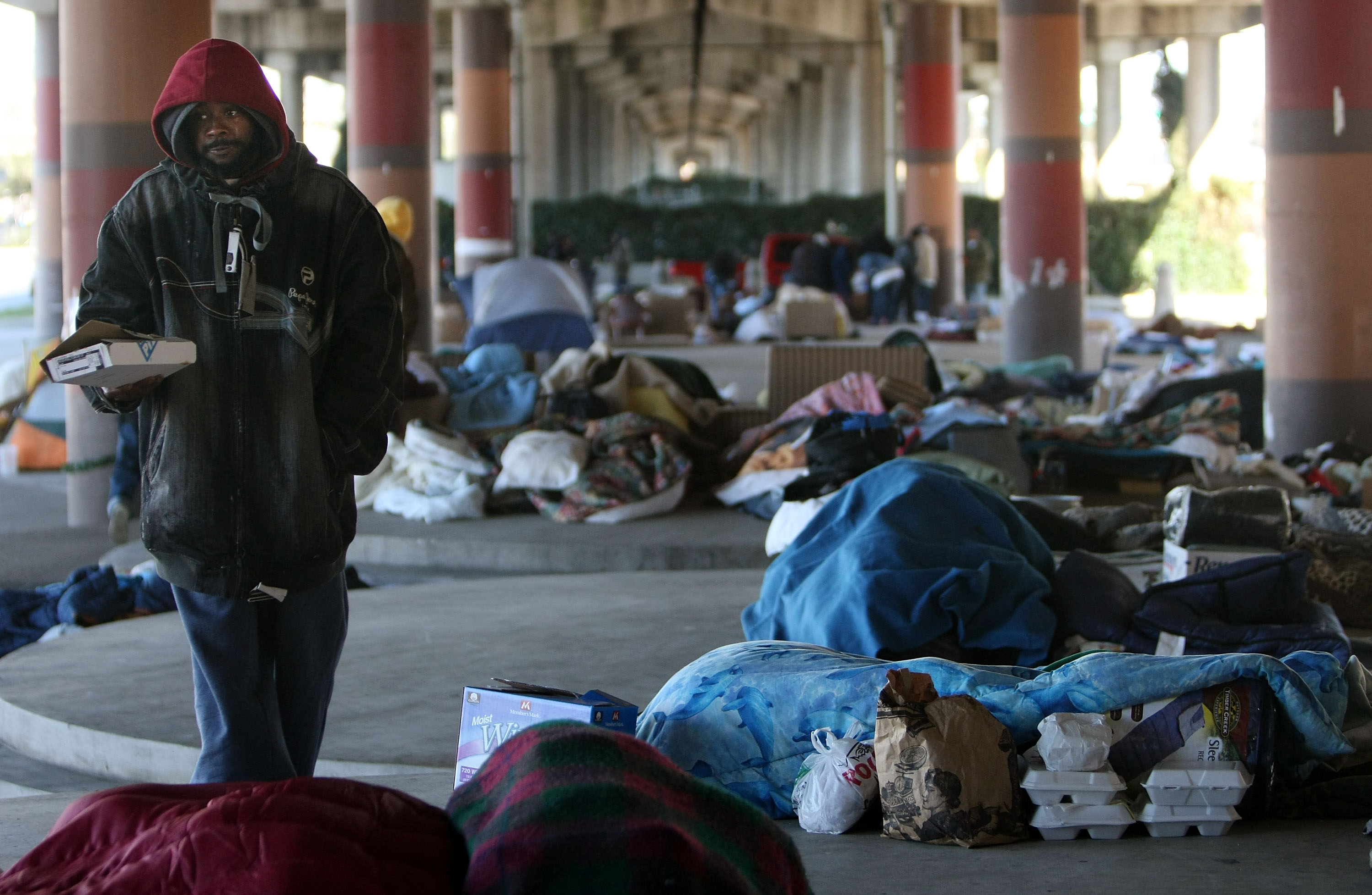 America's homelessness crisis
America's homelessness crisisThe Explainer The number of homeless people in the U.S. is rising for the first time in years. What’s behind the increase?
-
 The truth about America's illegal immigrants
The truth about America's illegal immigrantsThe Explainer America's illegal immigration controversy, explained
-
 Chicago in crisis
Chicago in crisisThe Explainer The "City of the Big Shoulders" is buckling under the weight of major racial, political, and economic burdens. Here's everything you need to know.
-
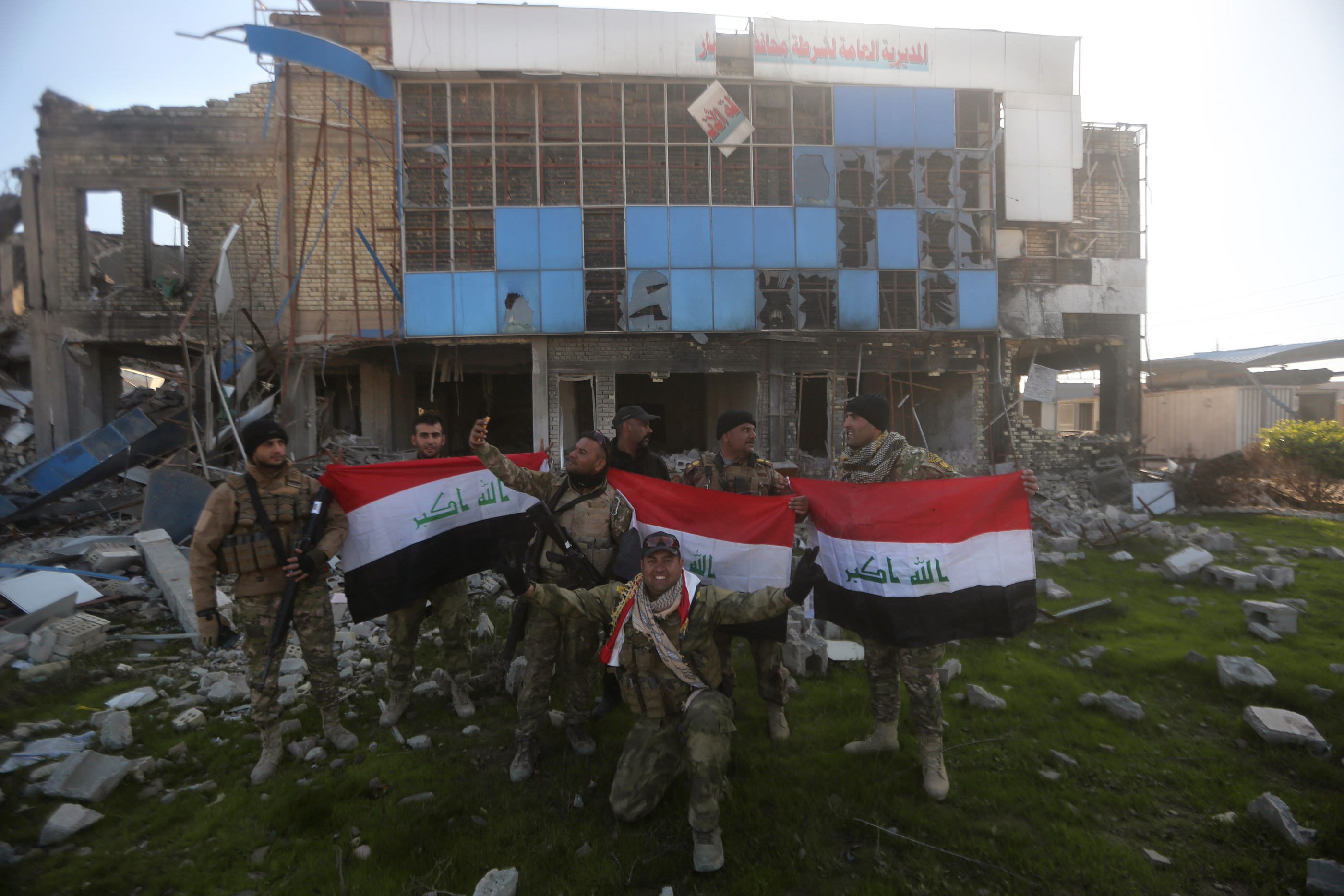 The bad news about ISIS's defeat in Ramadi
The bad news about ISIS's defeat in RamadiThe Explainer The contours of a broader sectarian war are coming into focus
-
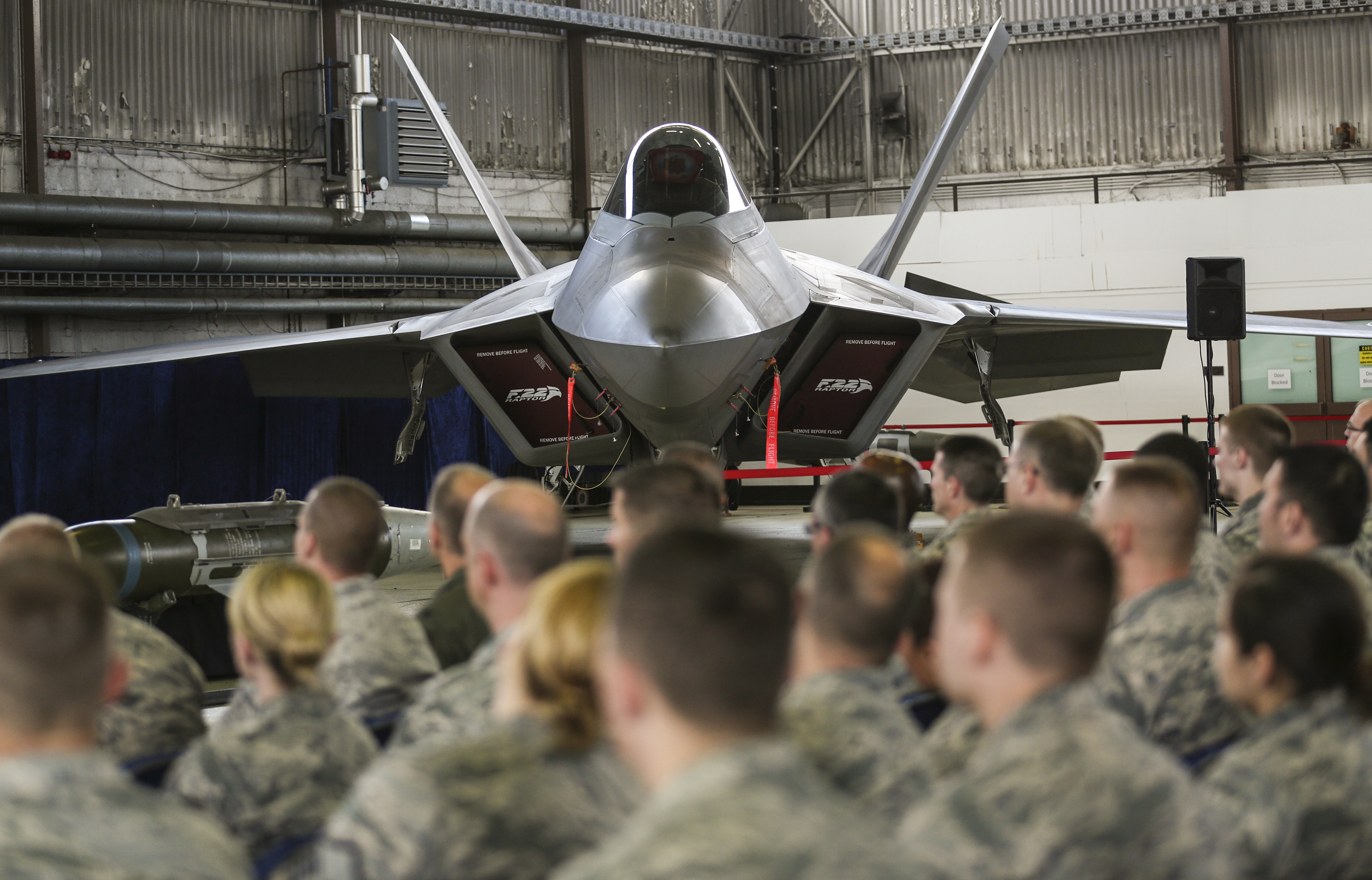 America can still destroy the world
America can still destroy the worldThe Explainer The decline of U.S. military power has been greatly exaggerated
